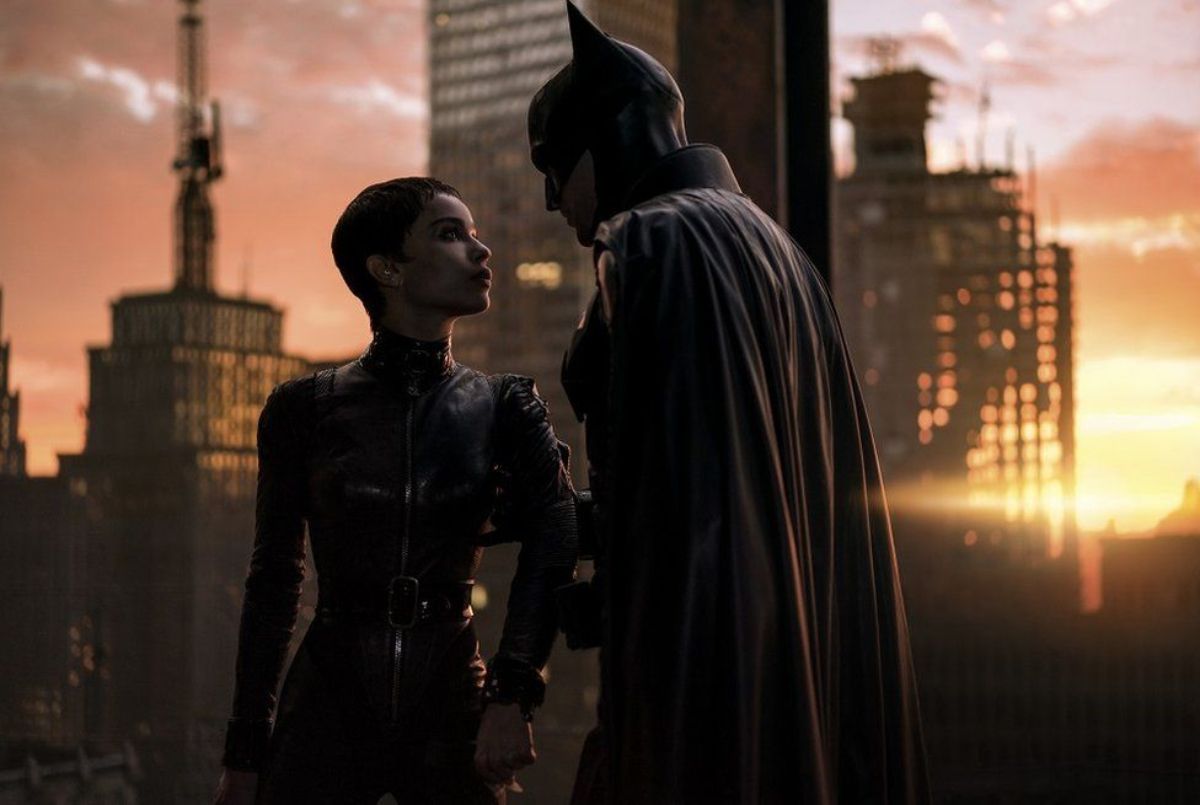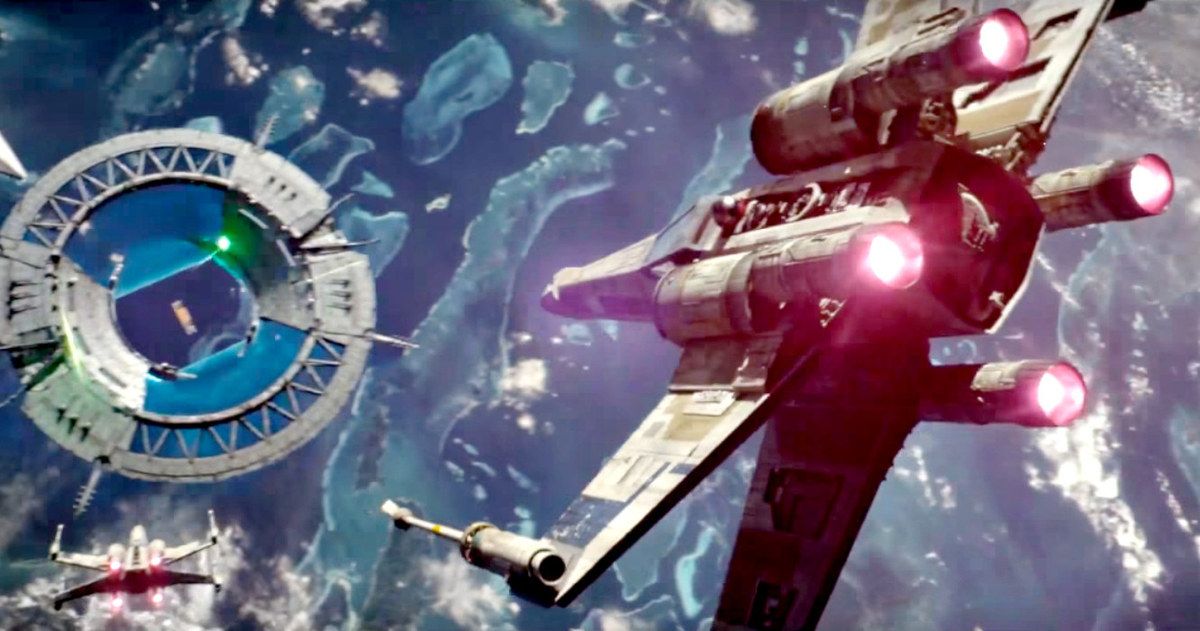Greig Fraser is a name you should familiarize yourself with. He was the cinematographer for The Batman, Rogue One: A Star Wars Story, and is currently up for an Oscar for his work on Dune. His start in the indie film scene gave him a reputation for having shots look unlit and trying to take a lot of the "filmmaking" out of filmmaking. In other films Fraser has worked on, like Let Me In and Zero Dark Thirty, he's been known to work masterfully with shadows and prioritize giving a "real" feeling to his set. But these are things you could say about any good cinematographer. What Greig Fraser has done will change the way films are made forever.
As a cinematographer, Fraser spends most of his time thinking about light. Where is it coming from? Does it match the background? Do the stage lights betray the set? These are all fundamental questions that someone must ask themselves when filming a movie. And naturally, there are challenges to getting them right. The seasons, weather, and time of day are all conditions that have to be accounted for. Of course, Grieg Fraser had different problems to face while filming Rogue One. And no, it wasn't the space weather. He had to decide how to make an X-Wing dogfight work with his visceral, realistic lighting style. The normal way would be to use a green screen and guess where the light was coming from in post-production. But instead, Fraser opted to create an entire room filled with LED video walls that would create the background and project that lighting in real-time.
What he ended up making would be the stage of the future.
The Invention of StageCraft
The particular scene in which Fraser encountered his problem was when he was trying to light the inside of an X-Wing cockpit as the starfighter was doing a barrel roll. In space, it would require that one half of the pilot's face be lit by sunlight while the other half remained in shadow. So instead of using a huge team of cameramen, mirrors, and tricky lighting equipment, Fraser decided to create a situation where "The world around us could do a barrel roll from a lighting perspective.” He consulted the visual effects supervisor on the set, John Knoll, and began creating the theater-sized LED wall that would make this effect.
George Lucas had conceived of this happening long before the project began, quite literally calling it "The Stage of the Future." He envisioned a studio where the walls changed visually around the set in order to create a background. And this was effectively the fruition of that idea. The lighting solution on Rogue One was a prototype that grew into something much bigger. Industrial Light & Magic (a visual effects company founded by George Lucas) picked up the concept and began to develop an entire set made of LEDs, creating a two-story-high curved video wall with a ceiling made of the same LED screens that could project backgrounds and track camera movement. The system, known as "StageCraft," and the set, known as "the Volume," can be controlled in real-time using nothing more than an iPad. Greig Fraser and Jon Favreau would flesh out its use on the first season of The Mandalorian.
What Is the Future for the Volume
While on the set of The Mandalorian, Fraser admitted to forgetting he was in a studio while behind the camera. Their rendered background became so seamlessly integrated with filming that even the production felt like they were really there. Of course, this is excellent news for sci-fi films or big movies that would generally shoot on location, meaning you could create just about anywhere inside a studio. But audiences have recently shown signs of CGI fatigue. A lot of the commentary on the Rings of Power trailer was that it seemed too computer-generated. But this technology might be good enough to bridge that uncanny gap. Settings need not always be filled with giant fireballs and lasers. Regardless, Fraser seems more than confident in the outcomes of his collaboration with Industrial Light & Magic.
The benefits of rendering a set in real-time are uncountable. The reflections in the Mandalorian's armor that would have been a nasty green are now just the actual setting. Actors who would have had to get into character inside an undecorated studio are instantly transported to distant worlds. Photographers can move the sun wherever they need it. The technology is already drastically changing how production studios make movies and have no signs of stopping. New volumes have already been built to film the Disney+ series Obi-Wan Kenobi and the new Thor movie. It's likely this innovation will soon make the green screen obsolete; if it hasn't already.



